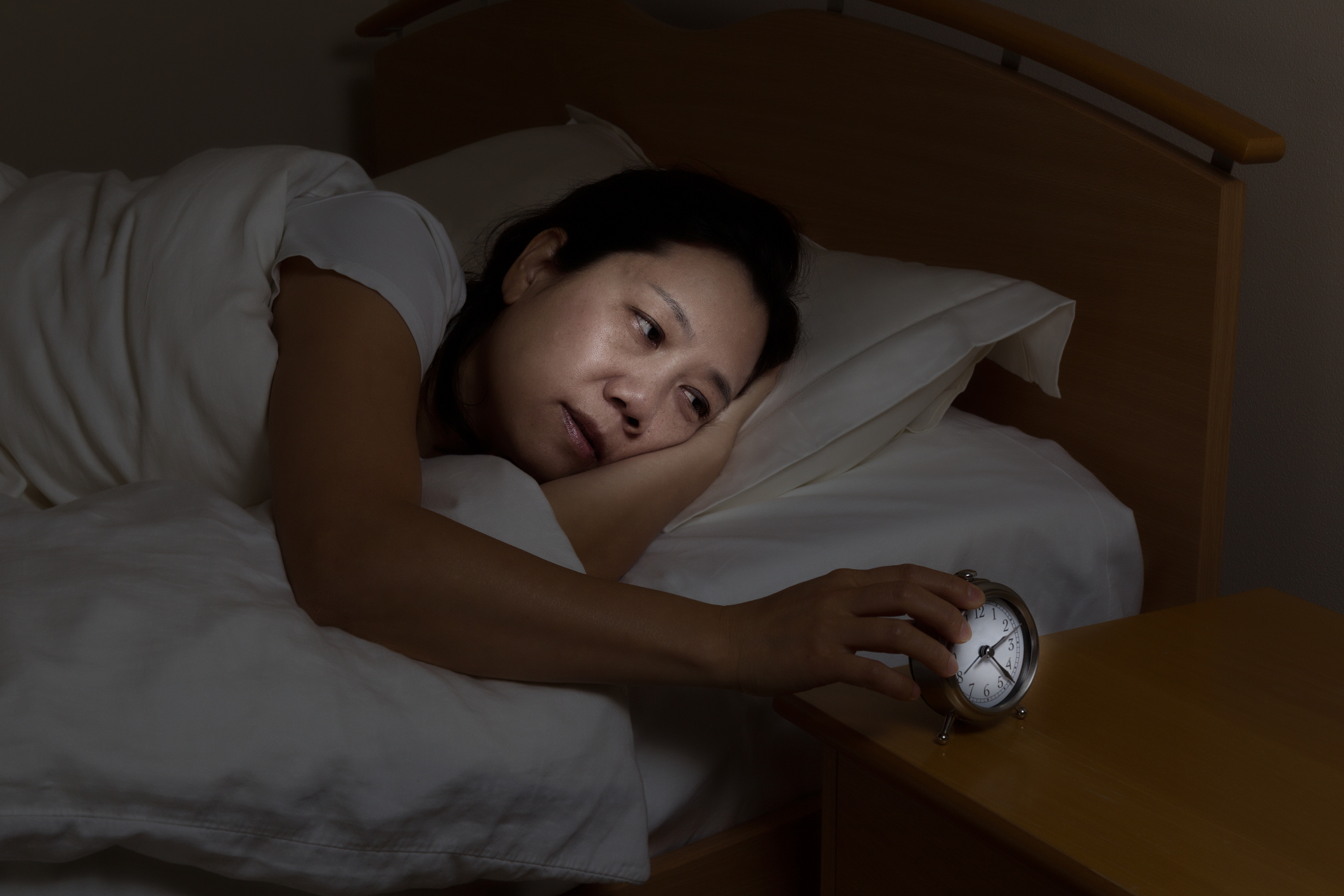Adulthood can often bring with it a variety of sleep disturbances, from difficulty falling asleep to insomnia and more. As adults age, they become increasingly susceptible to certain types of sleep-related disorders, making understanding the different forms of these conditions essential to identify which is most likely impacting an individual’s life.
In this article we will be exploring the various sleep disturbances that commonly affect adults and discussing which disorder reigns supreme when it comes to prevalence and impact on daily life. Through our research, we hope to shed light on why some individuals are more prone than others and how best their condition can be managed for better overall health.
Overview of Sleep Disturbances in Adulthood
Sleep disturbances are a growing concern among adults. The prevalence of sleep disorders among adults is on the rise, and it has been suggested that up to one-third of adults may suffer from some type of sleep disturbance.
In this article, we will explore the various types of sleep disturbances that can affect an adult’s life including insomnia, restless legs syndrome (RLS), narcolepsy, obstructive sleep apnea (OSA), and parasomnias. We will discuss the causes and symptoms associated with each disorder as well as potential treatments.
Finally, we will analyze which disorder reigns supreme when it comes to affecting an adult’s quality of life.
Causes and Risk Factors for Sleep Disorders

Sleep disturbances in adulthood can cause various disorders. Common causes of sleep-related issues include stress, caffeine consumption, physical illness, and an irregular sleep schedule.
Among these risk factors, chronic psychological distress is one of the leading contributors to adult sleep problems. Psychological distress can be caused by a variety of sources such as job loss or relationship difficulties.
Other mental health conditions including depression and anxiety may also play a role in causing sleep disturbances. Additionally, certain medications used to treat mental health conditions may have side effects that contribute to insomnia or other sleeping disorders.
Physical discomfort due to pain or uncomfortable sleeping surfaces are also common causes for adults having difficulty getting enough restful sleep at night. Poor nutrition choices like consuming too much sugar late at night can lead to disrupted sleep patterns as well as medical conditions such as diabetes or heart disease which can affect your ability to get a quality restorative shut eyes regularly. Other risk factors for developing a sleep disorder include lifestyle habits such as drinking alcohol before bedtime which has been linked with poor quality of slumber; smoking cigarettes; using electronic devices close by when trying to fall asleep; and not spending enough time outdoors during daylight hours – all things that reduce exposure natural sunlight which plays an important role in regulating our bodies internal clocks known as circadian rhythms.
By creating healthier habits around lifestyle choices and addressing underlying psychological issues if present you will be able to increase your chances of avoiding the potentially disabling symptoms associated with adult-onset sleeping problems.
Diagnosis and Treatment Options for Sleep Disturbance
When it comes to sleep disturbances in adulthood, diagnosis and treatment options are essential for managing the disorder. To properly diagnose a sleep disturbance disorder, medical professionals typically rely on patient interviews regarding their symptoms, physical exams, psychological evaluations, and other laboratory tests.
Once an individual is diagnosed with a particular disorder, there are various treatment methods available that may help them maintain healthy sleeping patterns.
These treatments can include lifestyle changes such as regular exercise, avoiding caffeine or nicotine late in the day, and establishing consistent bedtime routines; cognitive behavioral therapy (CBT) which helps individuals change their thought patterns about insomnia or other related issues; light therapy which uses bright lights during specific times of the day; medications like melatonin supplements or sedatives if deemed necessary by a doctor; relaxation techniques such as yoga or meditation; and sound machines that play soothing sounds throughout the night.
With proper diagnosis and treatment strategies tailored to each individual’s needs, adult-onset sleep disturbances can be effectively managed over time.
Conclusion

Sleep disturbances are common in adulthood and can be caused by different underlying disorders. This article has explored the prevalence of each disorder, with insomnia being the most common sleep disturbance among adults, followed by obstructive sleep apnea (OSA) and restless legs syndrome (RLS).
It is important to note that these disorders all have unique symptoms, so it is essential to consult a medical professional if you experience any unusual sleeping patterns or difficulties. DirectUKPills provide access to high-quality medications for many of these conditions which can help restore normal sleeping patterns and quality of life.




